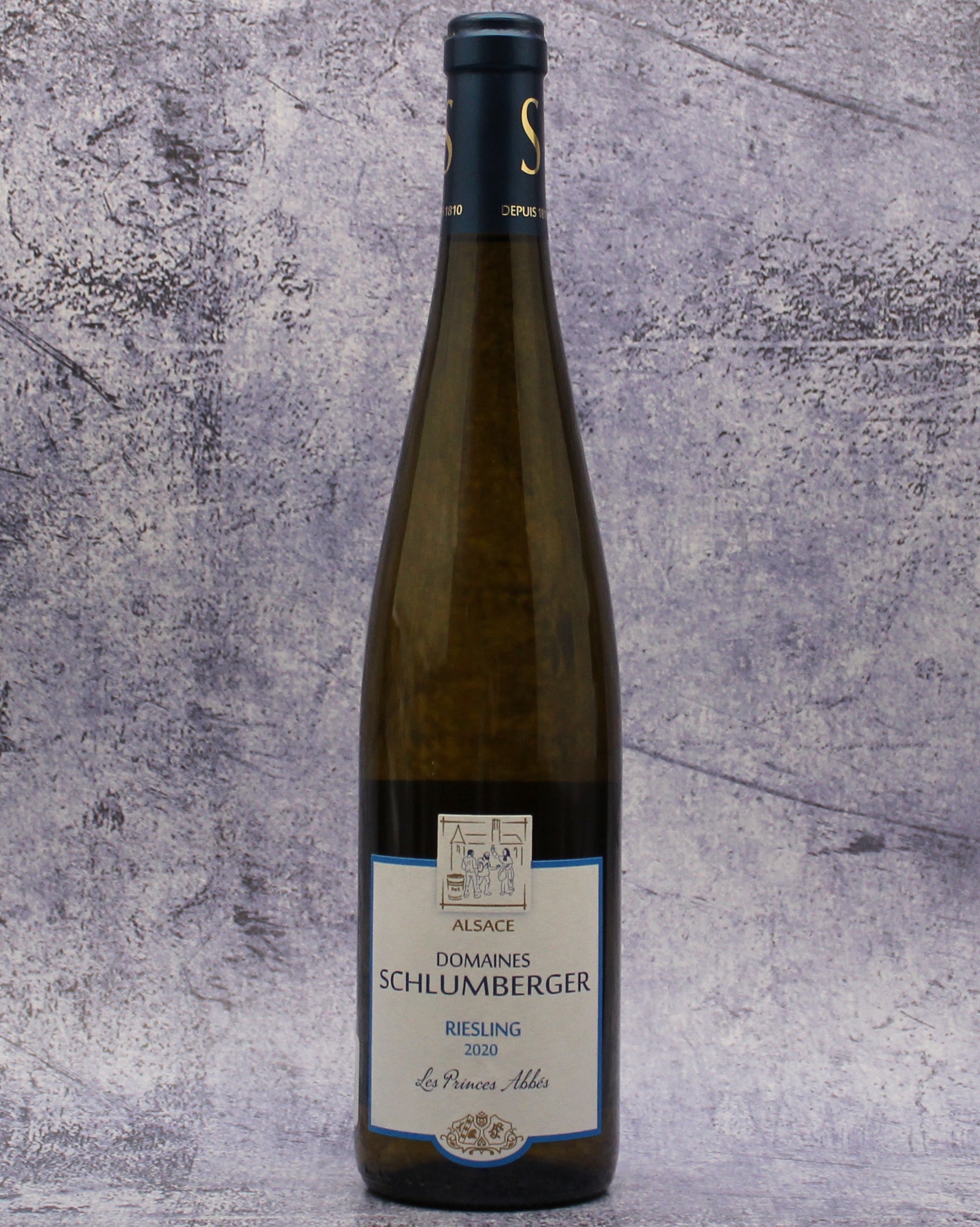Description
From: Alsace, France
Varietal: 100% Riesling
Tasting Notes & Critical Acclaim: This fantastic Alsatian Riesling features fruit from three grand crus in Guebwiller: Saering, Kessler, and Kitterlé. Immediately pleasing in the glass, with notes of fresh lime, grapefruit, petrol, ginger, jasmine, and herbal highlights, a cool, stony minerality wonderfully underscores its fruit. Stone fruit and citrus linger on the finish, immediately calling for another sip, another glass.
"Grassy chamomile aromas invite you in. Upon first sip, dazzling fruit notes of pear and grapefruit show great restraint, held in check by zingy acidity. The long finish offers soft, delicate notes of apricot, both fresh and something akin to a fruit snack." –Wine Enthusiast, 91 points
Pairing: Riesling is so versatile, and you’ll experience it here. With varied options for pairing, such as vegetable tempura, schnitzel, fried halibut and chips, seared scallops, Thai crab cakes, pan-roasted white fish, poached sea bass, monkfish, gravlax, chicken or tofu teriyaki, tarte flambée, and sausage and sauerkraut, we’re offering a five-star, twenty-minute recipe for roasted Chilean Sea Bass with chive oil by Amanda Hesser.
Roasted Chilean Sea Bass With Chive Oil
By Amanda Hesser
About. The Romans originally planted the vineyards of Domaines Schlumberger. They were later controlled by the Prince Abbotts of Murbach, an order of monks who established their seat at the town of Guebwiller in the southern end of Alsace. When the estates of the Abbey were put up for sale after the French Revolution, a local mill owner named Nicolas Schlumberger purchased 20 hectares.
Today, Nicolas Schlumberger's heirs own and cultivate a 135-hectare spread over four miles on the steep flanks of the Vosges Mountains. The Schlumberger vineyards are the largest in Alsace and one of the largest blocks of contiguous vineyards in France. The domaine also has the distinction of owning the most extensive acreage of Alsace Grand Cru vineyards and references to the famous blocks of Kessler, Kitterle, and Saering date back to ancient Roman times.
These impressive holdings are the result of efforts devoted over six successive generations of the Schlumberger family. Many growers gave up their property in the late 1800s as they became involved in industrial and commercial activities, leaving the vines to languish untended. At the beginning of the 20th Century, phylloxera further ravaged the vineyards, and war completed the devastation.
In 1911, Ernest Schlumberger rebuilt not only the familial vineyards but the whole of Guebwiller. Over the years, he pieced together more than 2,500 parcels abandoned by their owners. In time, the small domains grew from 20 hectares to 135 hectares. Today, Schlumberger wines are made exclusively from grapes in these estate vineyards.
Planted at 750 to 1,450 feet altitudes, much of the terraced hillside vineyards above Guebwiller are so steep that driving tractors can be extremely hazardous. Therefore, the domaine uses draught horses specially bred for balance unaffected by vertigo.
The vineyards are divided into large parcels, each planted to specific Alsace varieties selected according to microclimate and soil characteristics. Generally, the soil is light, sandy, and porous, ideal for grapes. The natural dryness contributes to the richness and mineral flavor of the wines.

